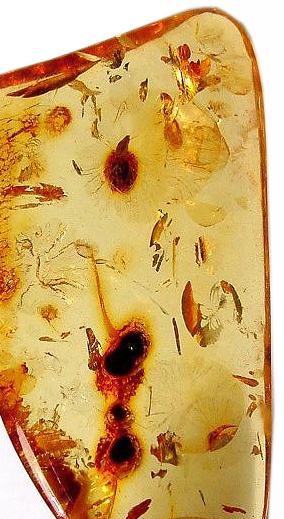
Amber
Amber, fossilised tree resin millions of years old, is a time capsule containing souvenirs from the early history of life on our planet. Ancient beads and carvings testify to the beauty prehistoric man found in this organic gem that glows like honey or drops of the sun. You’ll find that its warm shades complement the earth tones in your wardrobe. Amber also looks stunning paired with blues, greens, and grays.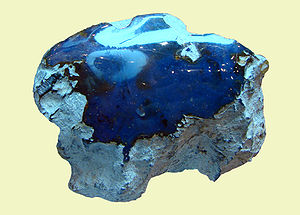
The ancient Greeks called amber electron, or sun-made. One ancient account explains that amber is the juice of the setting sun that congeals in the sea, which is why it can be found on beaches. Homer describes a royal gift of amber jewellery in The Odyssey .
Medieval Germans burned amber, which they called Bernstein or “burn stone,” for its fragrance. Smooth, lightweight, and warm to the touch, amber was often used for rosary beads in the Middle Ages. Knights controlled the amber trade and possession of raw amber was banned in most of Europe by the year 1400. Dominican Republic
Blue Amber
In the movie Jurassic Park, dinosaurs were resurrected thanks to DNA in a mosquito trapped in amber. Most scientists agree that it would be unlikely to find something so ancient. Most amber is 25 to 50 million years old, and dinosaurs were extinct 65 million years ago.
But in 1994, molecular biologist Raul Cano of California Polytechnic State University extracted DNA from a weevil that was trapped in amber 120 to 135 million years ago, when dinosaurs roamed the earth.


Variety of trapped insects Trapped Ant
The amber was mined in the mountains of Lebanon by Aftim Acra, who has a collection of amber pieces containing 700 insects, including termites, moths, caterpillars, spiders, pseudoscorpions, and midges. More than 1,000 extinct species of insects have been identified in amber.
The two main sources of amber on the market today are the Baltic States and the Dominican Republic. Amber from the Baltic is older and more valuable but amber from the Dominican Republic is more likely to have insect inclusions, which are prized by collectors.
The largest mine in the Baltic region is in Russia, west of Kaliningrad. Baltic amber is found in Lithuania, Latvia, Estonia, Poland, Russia, and occasionally washed up on the shores of the Baltic Sea as far away as Denmark, Norway, and England. Other amber sources include Myanmar (formerly Burma), Lebanon, Sicily, Mexico, Romania, Germany, and Canada.
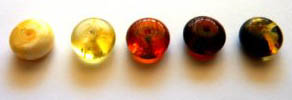
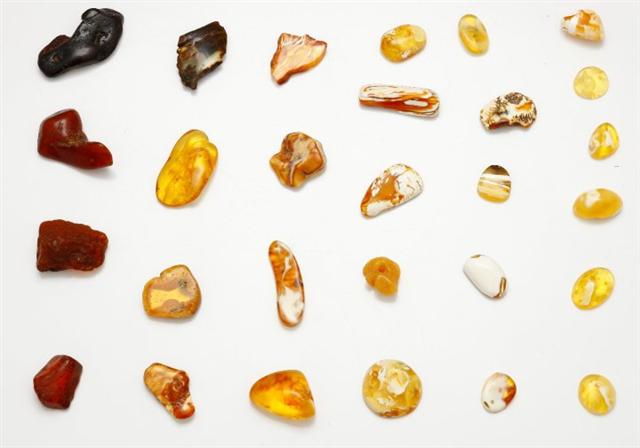
Colour variety in Baltic Amber
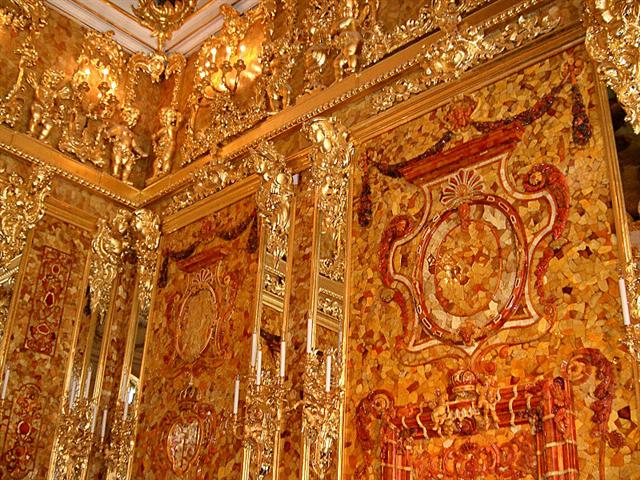
Bernsteinzimmer – The Amber Room in the Catherine Palace of Tsarskoye Selo near Saint Petersburg is a complete chamber decoration of amber panels backed with gold leaf and mirrors.
